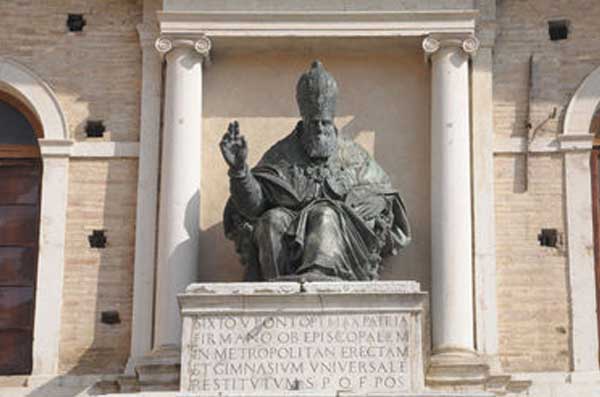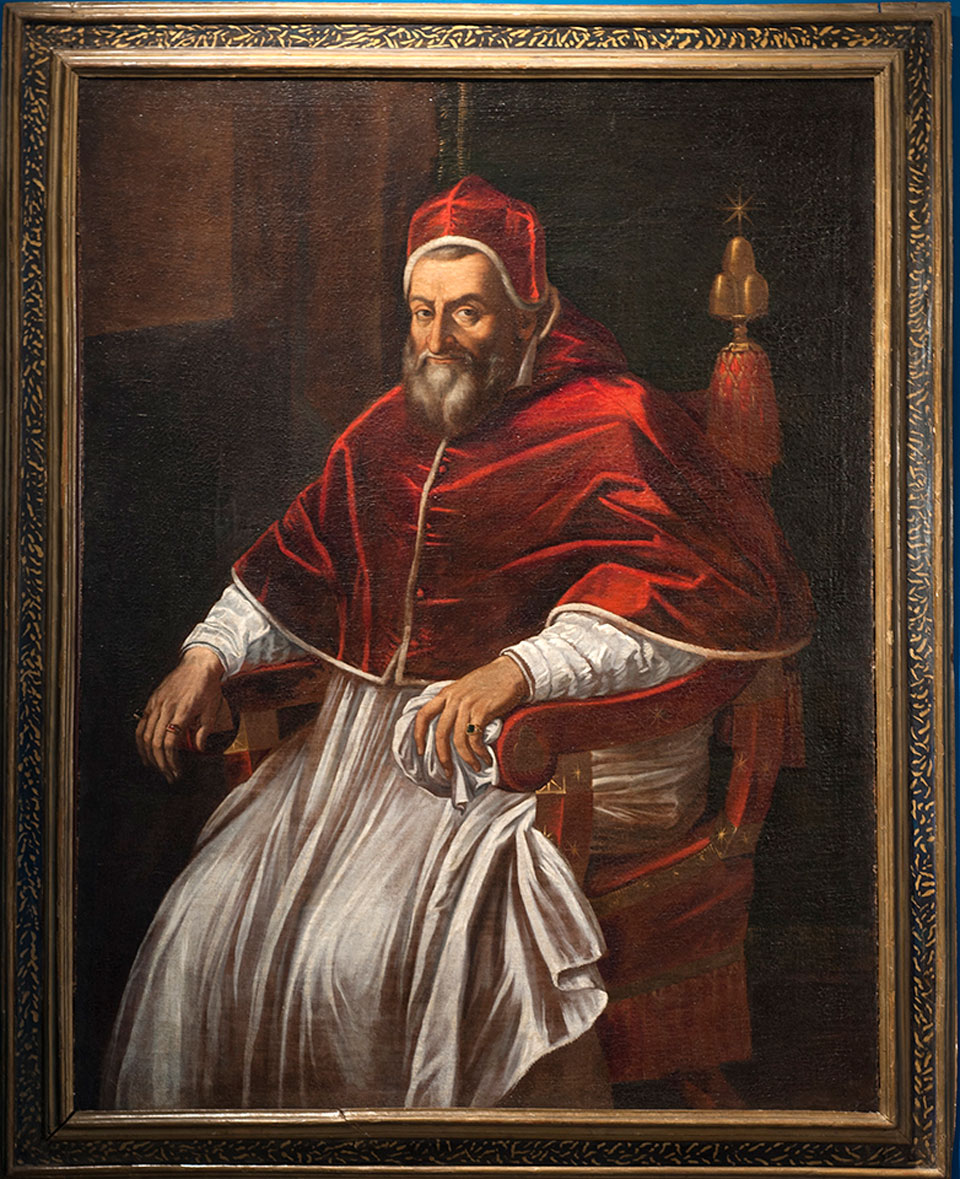
- On 30/01/2022
- In sisto-v-en
- Tags:
HISTORIC CONTEXT – THE CENTURY OF SISTUS V
HISTORIC CONTEXT – THE CENTURY OF SISTUS V
Sistus V lived in a century characterised by strong religious tensions. In fact, in the 16th century with Alexander VI Borgia as Pope, Savonarola had railed against Si and of the hegemonic* aims of Duke Valentino, son of the Pope.
The corruption of ecclesiastical circles, political upheavals and antagonisms led to the explosion of strong religious tensions that culminated with the publication of the Lutheran theses and the start of Protestant reform. By contrast, in 1534, Ignatius of Loyola founded the Jesuits to fight the enemies of the unity of the church.In England, Henry VIII carried out the Anglican schism by proclaiming himself head of the English church.In this difficult context, the Council of Trent began slowly, and soSistus V, among his many titles, has that of “Pope of the Counter-Reformation“.
Whilst the international scene was not quiet, the local one, where Sistus was born and trained, was much the same.In 1517, the troops of Francesco Maria della Rovere, at war with Pope Leo X, devastated the Piceno area; in June they tookMontalto, located in a strategic position, and occupied it for a year.After the war, the ecclesiastical authority banishedPiergentile known as Peretto, father of the future Pope, for having (probably) compromisedhimself with the Duke of Urbino.Forced into exile for ten years, he moved to Grottammare where Felice was born on 13 December 1521.
- Hegemonic- strong and powerful and therefore able to control others
